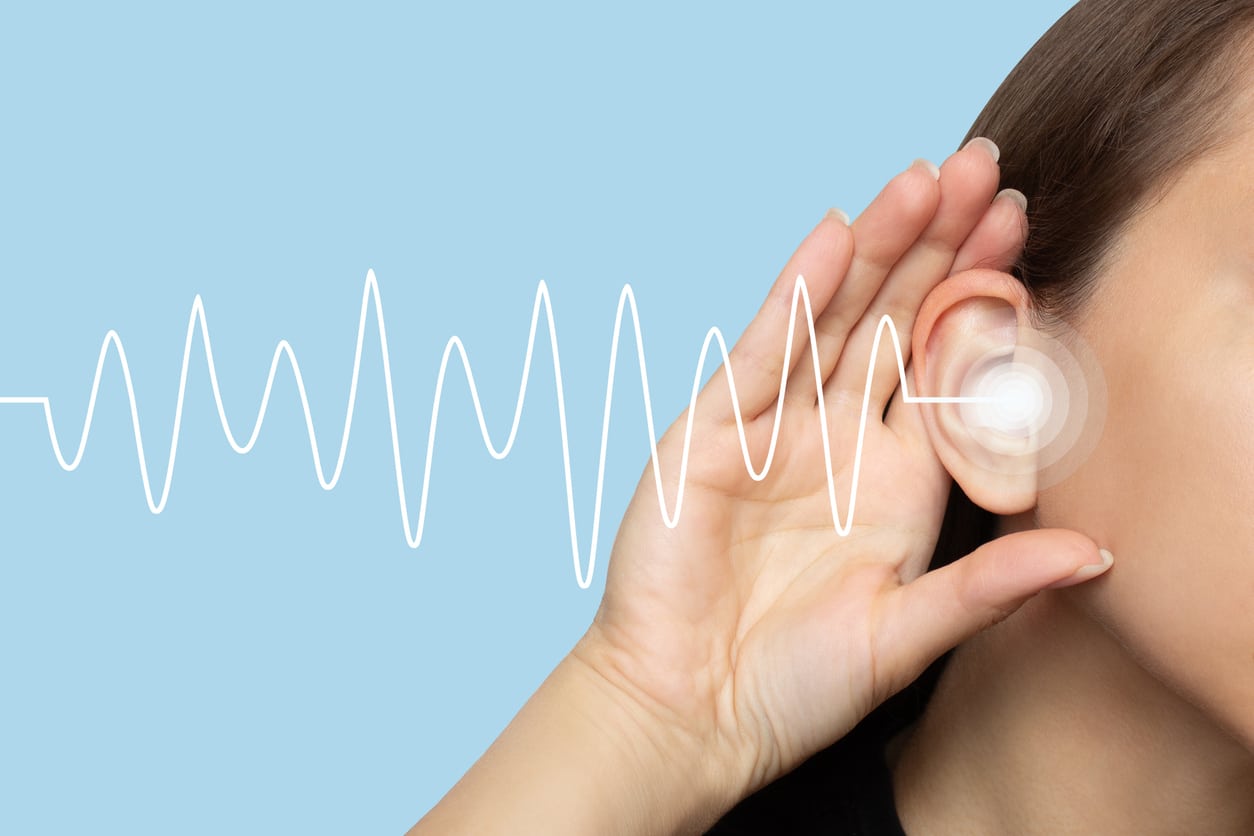Modern hearing aids are equipped with advanced technology designed to help you focus on what you want to hear. One key feature behind this improvement is the directional microphone.
Whether you’re navigating a noisy restaurant or attending a family gathering, directional microphones can make conversations clearer and reduce the distraction of background noise.
What Are Directional Microphones?

Directional microphones are built into many hearing aids and are designed to pick up sound more clearly from a specific direction, usually in front of the listener, while reducing noise from other directions. This contrasts with omnidirectional microphones, which capture sound equally from all sides.
By focusing on the sounds coming from where you’re facing, directional microphones help your brain prioritize speech over environmental noise. This makes it easier to follow conversations, especially in challenging listening environments.
Directional microphone systems may offer:
- Improved clarity in one-on-one conversations
- Reduced background noise in busy settings like [local-restaurant]
- Automatic adjustment based on where the sound is coming from
- Multiple microphone modes, such as fixed or adaptive directionality
- Compatibility with other features like noise reduction and feedback control
This technology works best when you’re facing the person you want to hear, as it relies on microphone positioning to filter out distractions.
When and How They Help Most
Directional microphones are particularly beneficial in noisy environments where distinguishing speech from background sound is difficult. While they don’t eliminate noise entirely, they improve the signal-to-noise ratio, making the person speaking seem louder compared to other sounds.
Situations where directional microphones are especially helpful include:
- Restaurants, cafés or crowded gatherings
- Workplace meetings or conference rooms
- Church services, lectures or group discussions
- Watching TV or having conversations in open-plan spaces
- Any setting with competing background sounds
For people who live active social lives or work in dynamic environments, hearing aids with directional microphones can greatly improve the overall listening experience.
Not all hearing aids use the same microphone configurations, so it’s important to work with your audiologist to choose a device that fits your lifestyle. Many modern models switch automatically between directional and omnidirectional modes based on the setting, adjusting seamlessly and effortlessly.
Understanding the role of directional microphones can help you get more out of your hearing aids. By improving your ability to focus on the sounds that matter most, these tiny components play a big part in keeping conversations clear, social moments enjoyable and daily interactions more natural.
To learn more, contact Audiology Associates of Redding to schedule an appointment today.